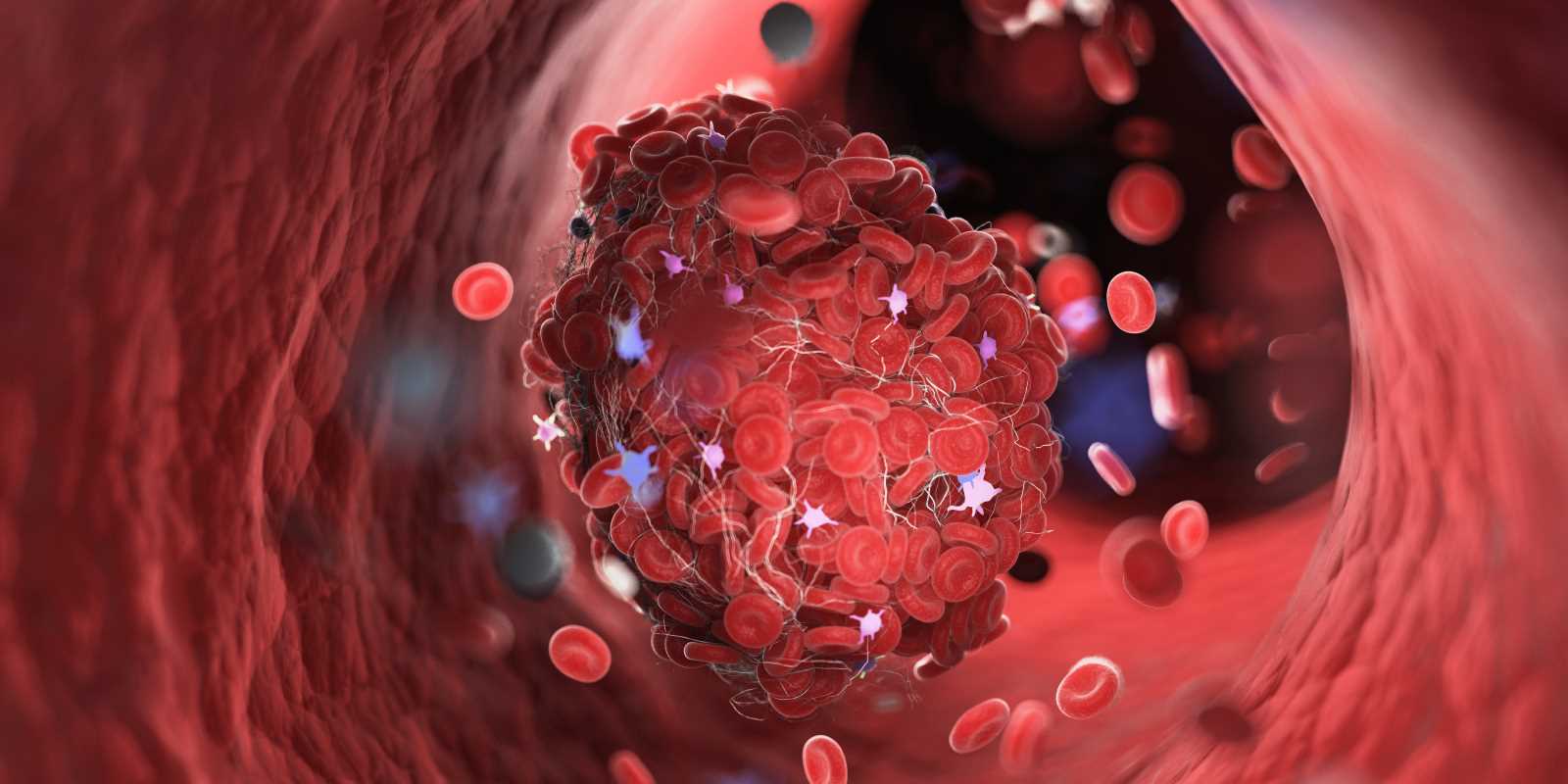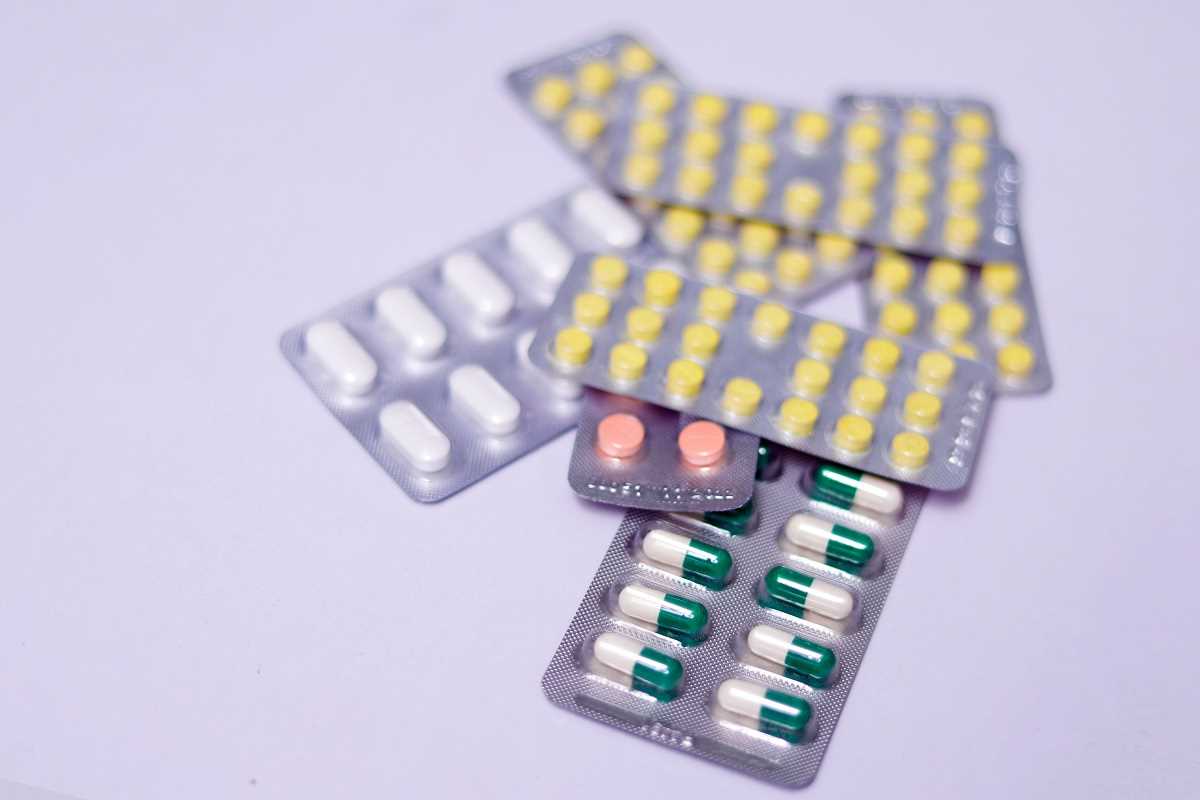When it comes to managing high cholesterol, statins have dominated the conversation for decades. These reliable workhorses have helped millions of people reduce their cardiovascular risk and live healthier lives. But as medical science advances, newer cholesterol-lowering medications are entering the scene, promising enhanced effectiveness and different approaches to tackling stubborn lipid levels.
The question on many minds—especially those who haven't achieved their target cholesterol levels with statins alone—is whether these newer options actually deliver superior results. Are they worth the often higher costs and different administration methods? Let's examine how these innovative treatments stack up against the tried-and-true statins that have been the gold standard for so long.
Understanding this comparison becomes particularly important as we age and our cardiovascular risk profiles evolve. The choices we make about cholesterol management today can significantly impact our health trajectory in the years ahead.
How Traditional Statins Work
Statins have earned their reputation through decades of proven effectiveness. These medications work by blocking HMG-CoA reductase, an enzyme your liver uses to produce cholesterol. When this enzyme is inhibited, your liver produces less cholesterol and simultaneously removes more from your bloodstream to meet your body's ongoing needs.
This dual action typically reduces LDL ("bad") cholesterol by 25-50%, depending on the specific statin and dosage. Popular options like atorvastatin (Lipitor), simvastatin (Zocor), and rosuvastatin (Crestor) have demonstrated consistent cardiovascular benefits across diverse populations.
The strength of statins lies in their extensive research base. Large-scale studies involving hundreds of thousands of participants have confirmed their ability to reduce heart attacks, strokes, and cardiovascular deaths by approximately 20-25% in high-risk individuals. This robust evidence base has made them the foundation of cholesterol management guidelines worldwide.
For most people starting cholesterol treatment, statins offer an effective, well-understood, and affordable option—especially with generic versions widely available.
The New Players: PCSK9 Inhibitors
PCSK9 inhibitors represent perhaps the most significant advance in cholesterol treatment since statins were introduced. These medications work through an entirely different mechanism that targets a protein called PCSK9, which naturally breaks down LDL receptors in your liver.
Think of LDL receptors as cellular doorways that remove cholesterol from your bloodstream. PCSK9 acts like a demolition crew, constantly tearing down these doorways. PCSK9 inhibitors essentially provide security guards to protect these doorways, allowing more of them to remain functional and continue removing cholesterol from your blood.
This mechanism produces dramatic results. PCSK9 inhibitors like evolocumab (Repatha) and alirocumab (Praluent) can reduce LDL cholesterol by 50-60% when used alone, and up to 75% when combined with statins. These reductions often bring cholesterol levels to ranges that were previously difficult or impossible to achieve.
Clinical trials have demonstrated that these medications significantly reduce cardiovascular events, with some studies showing 15-20% reductions in heart attacks and strokes. For individuals with extremely high cholesterol levels or established heart disease, these benefits can be life-changing.
Bempedoic Acid: The Oral Alternative
Bempedoic acid offers a middle ground between traditional statins and injectable PCSK9 inhibitors. This oral medication works by inhibiting the same cholesterol synthesis pathway as statins, but with an important difference: it only becomes active in liver cells, not muscle tissue.
This selective activation addresses one of the most common complaints about statins—muscle-related side effects. Many people who experience muscle pain, weakness, or cramping with statins can successfully use bempedoic acid without these issues.
While bempedoic acid doesn't achieve the dramatic cholesterol reductions of PCSK9 inhibitors, it typically lowers LDL cholesterol by 15-25%. When combined with statins, the total reduction can reach 35-40%. Recent studies have also shown cardiovascular benefits, with reductions in heart attacks and the need for coronary interventions.
The convenience factor of bempedoic acid cannot be overstated. For people who prefer oral medications and have struggled with statin side effects, it provides an effective alternative that fits easily into daily routines.
Effectiveness Comparison: The Numbers Game
When comparing pure cholesterol-lowering power, newer medications often outperform statins, especially for people with severe hypercholesterolemia or those who haven't reached target levels with statins alone.
High-intensity statins typically achieve LDL reductions of 40-50%, which is substantial but may not be sufficient for everyone. PCSK9 inhibitors consistently deliver reductions of 50-60% or more, often bringing LDL levels below 70 mg/dL or even 50 mg/dL—targets that aggressive guidelines now recommend for high-risk patients.
However, effectiveness isn't solely about cholesterol numbers. Cardiovascular outcomes remain the ultimate measure of success. Here, the picture becomes more nuanced. While newer medications show promising cardiovascular benefits, statins have decades of outcome data across diverse populations and risk categories.
For most people with moderately elevated cholesterol and average cardiovascular risk, statins provide excellent protection. The newer medications shine brightest for individuals with genetic conditions causing extremely high cholesterol, those with established cardiovascular disease requiring very low cholesterol targets, or people who cannot tolerate statins.
Side Effect Profiles: Different Approaches, Different Concerns
The side effect profiles of these medications differ significantly, influencing treatment decisions for many patients.
Statins occasionally cause muscle pain, liver enzyme elevation, or slight increases in blood sugar levels. While most people tolerate them well, these side effects can be problematic for some individuals.
PCSK9 inhibitors generally cause fewer systemic side effects since they work outside the cellular metabolic pathways that statins affect. The most common complaints involve injection site reactions—redness, swelling, or mild discomfort—which typically resolve quickly. Some people experience flu-like symptoms when starting treatment.
Bempedoic acid's targeted liver activation means muscle-related side effects are less common than with statins. However, it can occasionally cause elevated uric acid levels, potentially triggering gout in susceptible individuals.
The injection requirement for PCSK9 inhibitors—typically every two weeks or monthly—presents both advantages and disadvantages. Some people prefer less frequent dosing, while others find injections inconvenient or uncomfortable.
Who Benefits Most from Newer Options?
Several specific groups tend to benefit most from newer cholesterol medications:
Statin-Intolerant Individuals: People who experience muscle pain or other side effects that prevent effective statin use often find relief with newer alternatives, particularly bempedoic acid.
Familial Hypercholesterolemia Patients: This genetic condition causes extremely high cholesterol levels that often require aggressive treatment. The powerful cholesterol reduction achieved by PCSK9 inhibitors can be essential for these individuals.
High-Risk Cardiovascular Patients: Those with established heart disease, diabetes, or multiple risk factors may need very low cholesterol targets that are easier to achieve with newer medications.
Inadequate Responders: Some people don't achieve sufficient cholesterol reduction with maximum tolerated statin therapy. Adding or switching to newer medications can help reach target levels.
Cost Considerations: Value vs. Price
One significant factor in comparing these treatments is cost. Generic statins are remarkably affordable, often costing less than $10 per month. In contrast, newer medications carry substantially higher price tags, sometimes exceeding $500 monthly without insurance coverage.
This cost differential raises important questions about value. For someone with average cardiovascular risk whose cholesterol responds well to statins, the additional expense of newer medications may not be justified. However, for high-risk individuals who need aggressive cholesterol reduction, the cardiovascular benefits may far outweigh the costs.
Insurance coverage patterns are evolving as clinical evidence accumulates. Many insurers now cover PCSK9 inhibitors for specific high-risk populations, though prior authorization requirements are common. Patient assistance programs from pharmaceutical companies can also help reduce costs for qualifying individuals.
Making the Right Choice for Your Situation
The question isn't necessarily whether newer medications are universally better than statins, but rather which approach best fits your specific health profile, risk factors, and preferences.
For many people, statins remain an excellent first-line choice. They're proven effective, well-tolerated, affordable, and supported by extensive research. Starting with a statin allows you to assess your response and tolerance before considering more expensive alternatives.
If you fall into one of the high-benefit categories—statin intolerance, inadequate response, or very high cardiovascular risk—newer medications may provide superior outcomes. The key is working with your healthcare provider to evaluate your individual situation comprehensively.
Consider factors like your current cholesterol levels, cardiovascular risk score, family history, other health conditions, insurance coverage, and personal preferences about medication administration. This holistic assessment helps determine whether the potential benefits of newer treatments justify their additional complexity and cost.
Disclaimer: The content provided on SuperHealthyTips is for informational and educational purposes only. This information is not intended to be a substitute for professional medical advice, diagnosis, or treatment.
 (Image via
(Image via.jpg)





